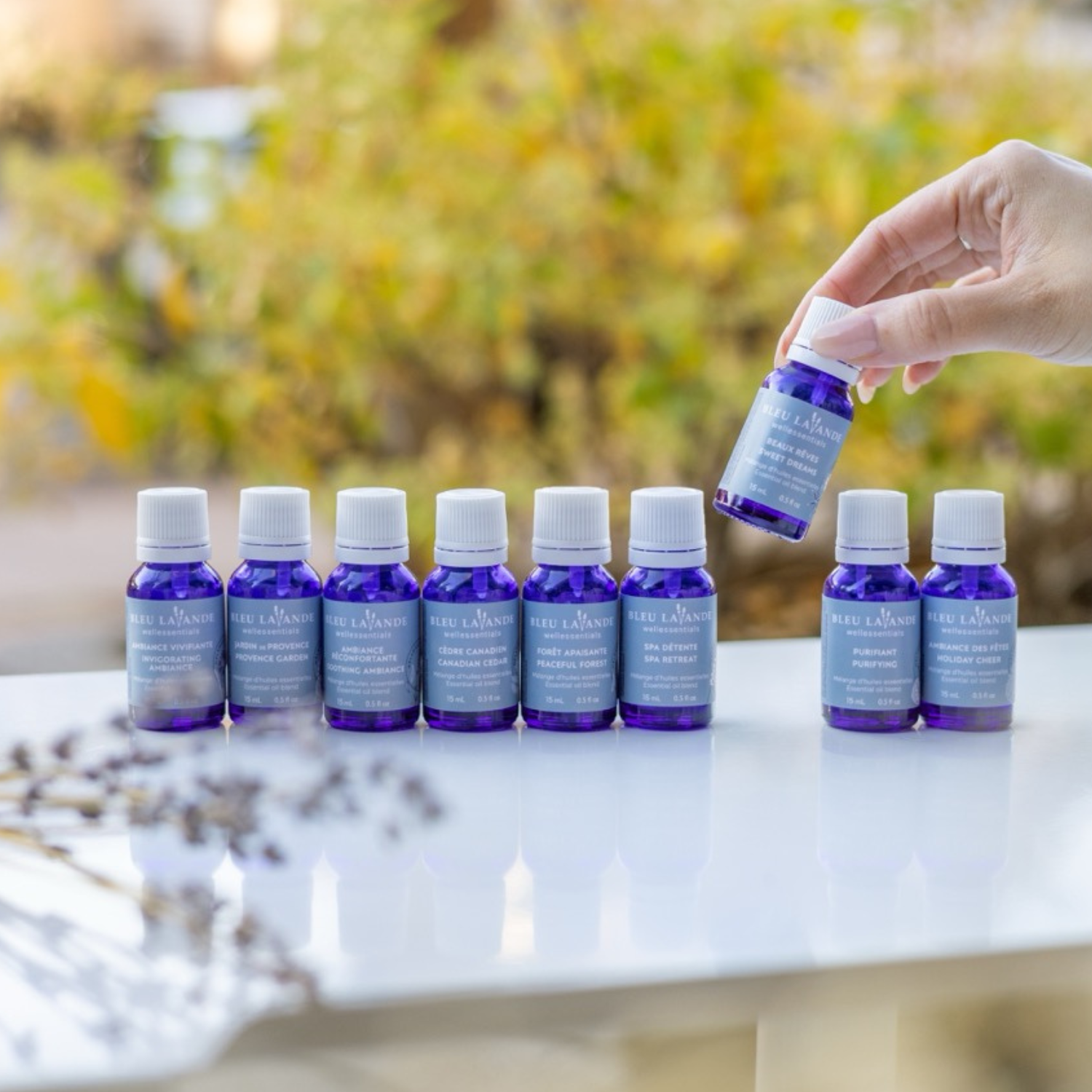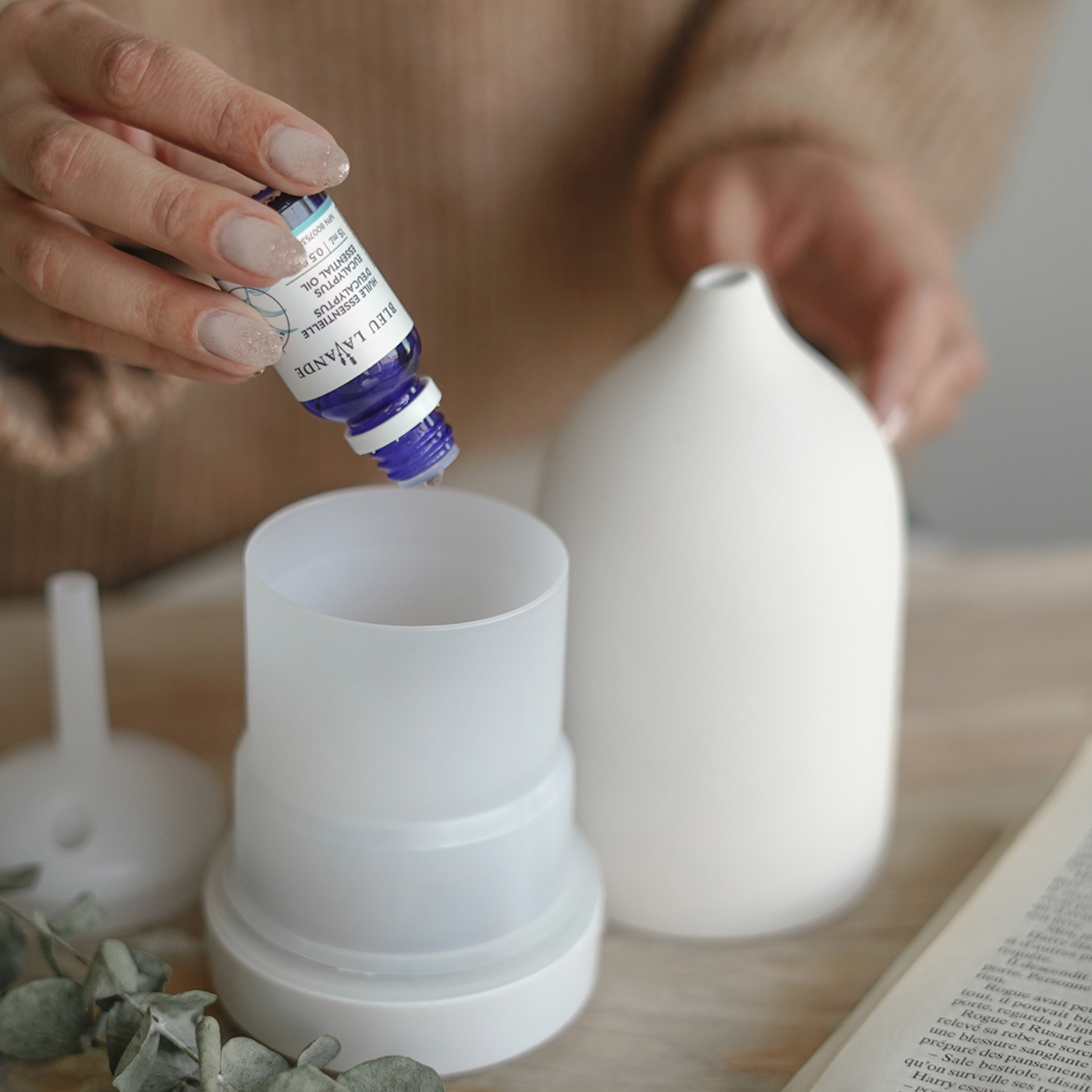In recent years, essential oils have gained popularity due to their diverse applications in aromatherapy, skincare, and natural health remedies. However, not all essential oils are created equal. To fully reap the benefits of pure essential oils, it is essential to know how to recognize quality. In this article, we will provide some tips for identifying good essential oils.
Check for purity
Purity is one of the most critical factors to consider when purchasing essential oils. Pure essential oils contain only the aromatic compounds extracted from plants, without any additives, diluents, or other contaminants. To verify the purity of an essential oil, consider the following:
Ingredients:
• Carefully read the label to ensure that the bottle contains only the essential oil and no other substances.
• Botanical name: Quality essential oils will indicate the botanical name of the plant from which they are extracted.
• Certifications: Look for certified organic essential oils or quality designations, as they often adhere to stricter standards. For example, our lavender essential oil is ISO 3515 certified, ensuring the highest possible quality.
Examine the bottle and label
The packaging and bottle of an essential oil can reveal a lot about its quality. Here are some points to watch for:
• Tinted Glass Bottle: Essential oils should be stored in tinted glass bottles to protect them from light and heat, which can compromise their effectiveness.
• Dropper Cap: High-quality bottles often come with a dropper cap to facilitate precise dosing.
• Tamper-Evident Seal: Ensure that the bottle is properly sealed to prevent any contamination.
Test the Aroma
The scent of an essential oil is a good indicator of its quality. A quality essential oil should have a strong and consistent aroma that matches the original plant. Artificial or unpleasant smells are signs of lower-quality oils.
Pure essential oils, blends, and fragrance oils: What's the difference?
Pure essential oils:
Pure essential oils are directly extracted from plants, flowers, fruits, leaves, or barks. They are 100% natural, free from synthetic chemicals, and retain the therapeutic properties of the original plants. Pure essential oils are used in aromatherapy, skincare, and natural remedies.
Essential oil blends:
At Bleu Lavande, we offer some essential oil blends designed for diffusing. These blends offer distinct and unique scents due to their composition, but they possess the same benefits as pure essential oils. They are composed of essential oils from different flowers or trees, but they are always 100% pure and natural, without dilution or mixing with carrier oils. These blends are simply a combination of various essential oils mixed together to leave a pleasant fragrance in your home.
Scented oils:
Scented oils, on the other hand, are synthetic products created to mimic the scents of pure essential oils. They are made from chemicals and artificial fragrances. While they may have a pleasant smell, they lack the therapeutic properties of pure essential oils.
By following the advice in this article, you can make informed choices and fully enjoy the benefits of high-quality essential oils. Remember to consult reliable sources and do your research to ensure you are getting pure and authentic essential oils to make the most of what they have to offer!






6 comments
diksha
Loved this article — especially the part about avoiding synthetic fragrances. Not many blogs explain it so clearly. In my experience, genuinely pure oils usually have subtle variations in aroma depending on the batch. Is this normal in your opinion, or does it signal inconsistency?
Loved this article — especially the part about avoiding synthetic fragrances. Not many blogs explain it so clearly. In my experience, genuinely pure oils usually have subtle variations in aroma depending on the batch. Is this normal in your opinion, or does it signal inconsistency?
hayet
Bonjour et merci de nous partager cet article très instructif.
hayet.
hayet.
hayet.
Bonjour et merci de nous partager cet article très instructif.
hayet.
hayet.
hayet.
Magali Miailhe
De plus, les huiles essentielles doivent être chémotypées. C’est-à-dire qu’il doit y avoir, en plus du nom latin de la plante/fleur, la partie de la plante qui a servit pour faire l’huile, le pays d’origine, le mode d’extraction et la date de péremption. Je vous ai d’ailleurs écrit, il y a un moment, pour savoir si vos huiles étaient chémotypées et je n’ai pas eu de réponse.
De plus, les huiles essentielles doivent être chémotypées. C’est-à-dire qu’il doit y avoir, en plus du nom latin de la plante/fleur, la partie de la plante qui a servit pour faire l’huile, le pays d’origine, le mode d’extraction et la date de péremption. Je vous ai d’ailleurs écrit, il y a un moment, pour savoir si vos huiles étaient chémotypées et je n’ai pas eu de réponse.
Christiane Bérubé
J’aimerais savoir à quel endroit je pourrais acheter des produits bleu lavande.Les oints de vente ?
J’aimerais savoir à quel endroit je pourrais acheter des produits bleu lavande.Les oints de vente ?
Louisa Girard
Le mélange purifiant tel que votre capsule explique pour la diffusion, vous dites : ca sent le ciel. J’aimerais connaître votre prix svp. 514-965-3957
Le mélange purifiant tel que votre capsule explique pour la diffusion, vous dites : ca sent le ciel. J’aimerais connaître votre prix svp. 514-965-3957
Suzie
Quelles sont les huiles essentielles dommageables pour les chats? Merci.
Quelles sont les huiles essentielles dommageables pour les chats? Merci.